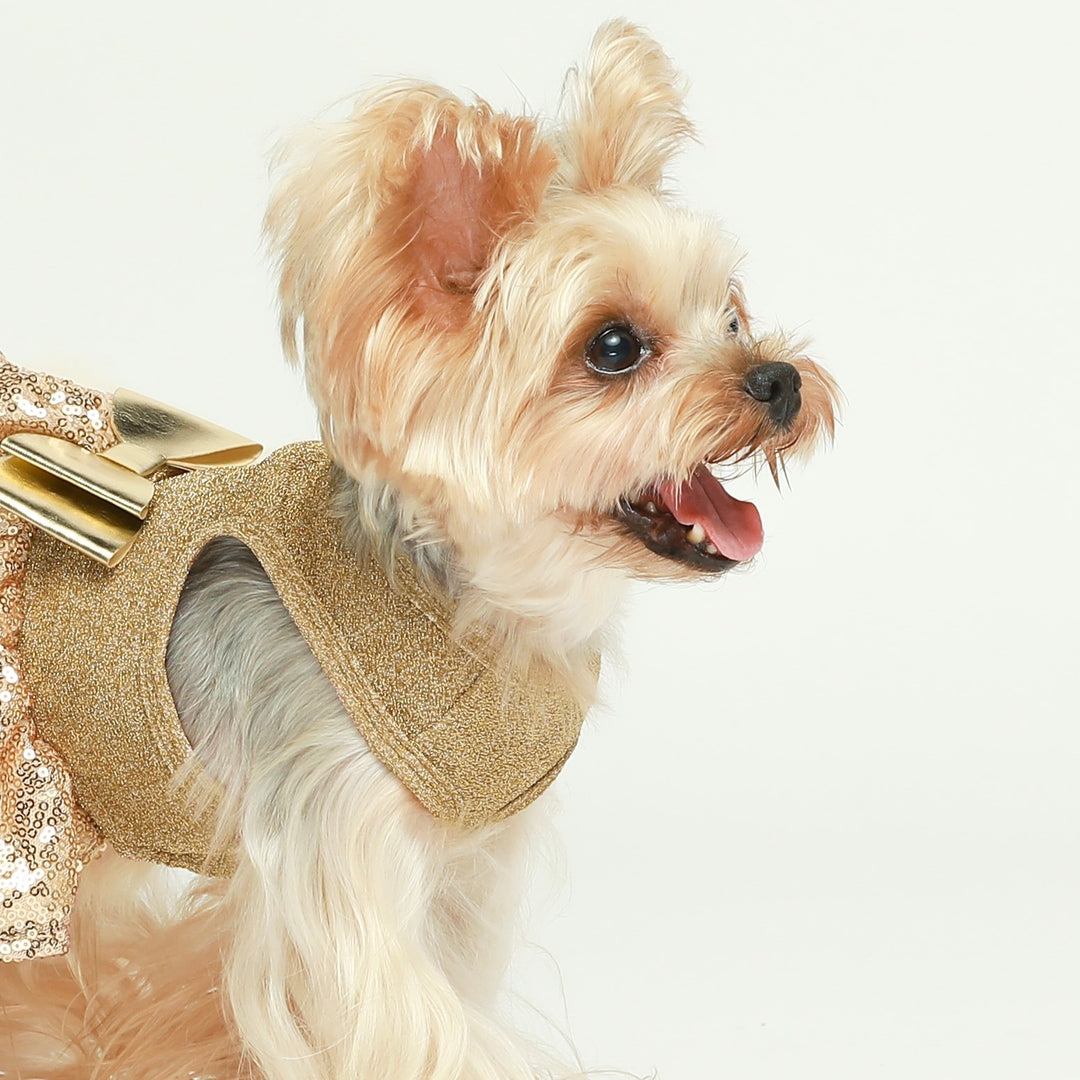Canine Communication: How Dogs Use Their Ears and Eyes to "Talk"
Diving deep into the world of canine communication reveals that much of what dogs wish to convey is spoken silently through the subtle movements of their ears and the expressions in their eyes. Understanding these silent cues can significantly enhance the bond between dogs and their owners, allowing for a more empathetic and responsive relationship. This article focuses on the complex language of a dog's ears and eyes, guiding you through the different states and what they signify about your dog's emotional well-being.
 Instagram:dexter_the_iggy
Instagram:dexter_the_iggyUnderstanding Your Dog By Ear Movements
Dog ears are remarkably expressive, capable of moving independently and assuming a variety of positions, each conveying a different message. By paying close attention to these subtle shifts, owners can gain a deeper understanding of their canine companions' feelings and intentions, enhancing communication and strengthening the bond between them.
Ears Forward
When a dog's ears perk up and lean towards something, it's a sign of keen interest or alertness. This posture often occurs when they're attracted by a new sound, sight, or smell — be it a rustling leaf that might imitate prey or the familiar sound of your car pulling into the driveway. It's their way of focusing fully on whatever has caught their attention, ready to interact or investigate further.

Ears Flattened
Ears laid flat against the head serve as a clear indicator of a dog's discomfort or fear. This gesture is a dog's attempt to appear less conspicuous and non-threatening in situations where they feel vulnerable or anxious. It could be in response to a loud noise, a stern reprimand, or the approach of a more assertive animal. It's a protective mechanism, signaling their desire to avoid conflict or confrontation.

Ears Relaxed
A dog with its ears in a natural, relaxed position is generally in a state of contentment. This is the ear posture you'll see when your dog is lounging in their favorite spot or casually observing their surroundings without any particular focus. It signifies that they feel safe and at ease in their environment, without the immediate need to engage or withdraw.

Instagram: wakanda_shihtzu
Understanding the subtle shifts in your dog's ear positions can greatly enhance your ability to read their mood and intentions. By paying attention to these details, you can better gauge when to approach your dog for play, when to give them space, and how to respond to their needs effectively, fostering a deeper bond built on mutual respect and understanding.
The Silent Speech of Dog Eyes
Just as with ears, a dog's eyes can tell us a great deal about how they're feeling. The look in a dog's eyes can be a direct window into their emotions, offering insights that go beyond words and barks. Understanding these visual cues can significantly enhance the way we interact with our canine friends, ensuring we respond appropriately to their needs and emotions.

Instagram: rescuingruthie
Soft Eyes
Soft, relaxed eyes, often accompanied by a gentle gaze, are telltale signs of a dog in a state of calm and contentment. This serene expression usually appears when your dog is feeling secure and loved, perhaps during quiet cuddle times or while receiving gentle strokes from their favorite human. It's a visual representation of trust and affection, signaling a deep bond between dog and owner.

Instagram: max.imusthepug
Hard Stare
Conversely, a direct, hard stare often signals a heightened state of alertness or potential aggression. This intense look is a dog's way of asserting dominance or expressing discomfort with a particular situation or individual. It's crucial for owners to recognize this signal and diffuse any tension by removing their dog from the stressful environment or by calmly asserting their leadership to reassure their pet.

Avoiding Eye Contact
Dogs that actively avoid eye contact are usually expressing anxiety, fear, or submission. This behavior is a non-confrontational way for dogs to show they want to avoid conflict, signaling their desire for peace or indicating they feel overwhelmed. Understanding this cue allows owners to provide reassurance or space as needed, helping their dogs feel safer and more secure.

Whale Eye
The "whale eye" is a distinctive sign of stress or discomfort in dogs, characterized by the whites of their eyes becoming visible, usually around the rim. This signal often appears in situations where a dog feels cornered or possessive, such as when guarding a favorite toy or feeling trapped. Recognizing the whale eye as a stress indicator is crucial for preventing potential escalation and ensuring the dog's emotional well-being.

By paying close attention to the subtle language of your dog's eyes, you can gain a deeper understanding of their emotional state and needs, fostering a more empathetic and responsive relationship. This silent communication is a powerful tool in building trust and ensuring the happiness and safety of both dogs and their human companions.
Enhancing Your Bond Through Body Language
By dedicating time to learn and understand your dog's body language, you're not just becoming a more informed owner—you're also becoming a more compassionate friend to your pet. This knowledge empowers you to respond more effectively to your dog's needs, improving their well-being and your shared happiness.

Instagram: mikothewestie
In the journey of pet ownership, understanding dog body language is a step towards a deeper, more fulfilling relationship with your canine companion. It's a path worth exploring, filled with insights and rewards that enrich both your lives.














